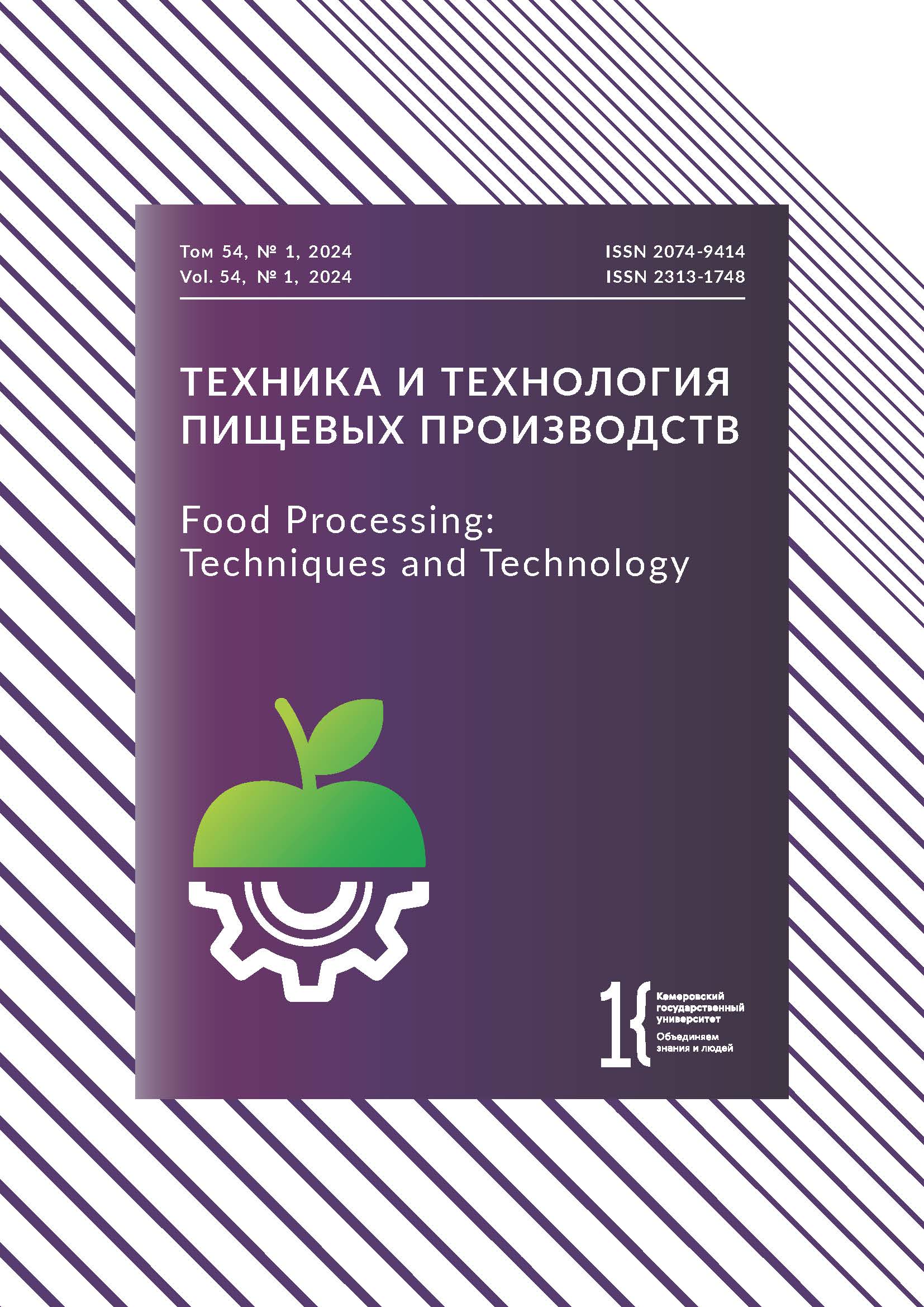Kemerovo, Kemerovo, Russian Federation
Kemerovo, Kemerovo, Russian Federation
VAK Russia 5.2.2
UDC 33
Effective bankruptcy risk diagnostics may prevent a financial crisis in Russia’s national economy. The article introduces a novel express tool for bankruptcy diagnostics based on early recognition of alert signs, crisis fields, and preliminary pre-crisis assessment. The tool is a selective-indicative model with regional and industrial specifications. Regional and industrial exhibitors served as benchmark indicators. The empirical material included statistics, reference materials, and financial reports from agricultural organizations in the period of external economic shocks (2014–2022), Kemerovo region, Russia. First, the alert signals of bankruptcy risk were identified based on 22 original methods of financial crisis forecasting. After that, they were assessed for practical popularity. The identified default risk signals were linked to the existing criteria of financial insolvency, subjected to economic interpretation, and classified. After fixing the analytical reference vectors, the authors identified the share of each indicator. By determining the latest results of model exponents, they ensured the direction of analytical reference vectors to maximize the disabled function. The next stage involved systematization and synthesis of alert signals into a diagnostic model to be developed into a gradation indicator. After fixing the signal analytical base, the model was tested to formulate conclusions about its adaptability in the current economy. The resulting model relied on the share of each alert signal of bankruptcy risk in the rating number. It may improve the quality of predictive diagnostics. As the model needs few exponents, it provides a high-speed crisis analysis.
Express diagnostics, bankruptcy risk, indicative signal, direct indicator, reference vector, selective-indicative model, regional-industry specification
1. Abdullayeva PR, Bandurina NV, Voronina YuM. Bankruptcy legislation: Continuity and innovations. Moscow: Yustitsinform, 2023. 348 p. (In Russ.).
2. Civil Code of the Russian Federation [Internet]. [cited 2023 Jun 15]. Available from: https://www.consultant.ru/document/cons_doc_LAW_5142
3. Chernichenko SG, Kotov RM. Methodological tools for diagnosing insolvency (bankruptcy) of organizations in the anti-crisis management system. Food Processing: Techniques and Technology. 2020;50(4):588–601. (In Russ.). https://doi.org/10.21603/2074-9414-2020-4-588-601
4. Gorbatkov SA, Farkhieva SA, Beloliptsev II. Neural network and fuzzy modeling methods for diagnosing and predicting corporate bankruptcies. Moscow: Prometey; 2018. 371 p. (In Russ.). https://elibrary.ru/XQVBDX
5. Zhdanov VYu. Diagnosing bankruptcy risks. Moscow: Prospekt; 2022. 159 p. (In Russ.).
6. Kazakov AV, Kolyshkin AV. The development of bankruptcy prediction models in modern Russian economy. St. Petersburg University Journal of Economic Studies. 2018;34(2):241–266. (In Russ.). https://doi.org/10.21638/11701/spbu05.2018.203
7. Mizanbekova SK, Bogomolova IP, Shatohina NM. Prospects for digital and innovative technologies in management competitiveness of enterprises. Food Processing: Techniques and Technology. 2020;50(2):372–382. (In Russ.). https://doi.org/10.21603/2074-9414-2020-2-372-382
8. Ryakhovskaya AN. Bankruptcy and financial recovery of economic entities. Moscow: Yurayt; 2024. 153 p. (In Russ.).
9. Fedorova EA, Musienko SO, Fedorov FYu. Analysis of the external factors influence on the forecasting of bankruptcy of Russian companies. St. Petersburg University Journal of Economic Studies. 2020;36(1):117–133. (In Russ.). https://doi.org/10.21638/spbu05.2020.106
10. Altman EI, Hotchkiss E. Corporate financial distress and bankruptcy: Predict and avoid bankruptcy, analyze and invest in distressed debt. John Wiley and Sons; 2010, 368 p.
11. Kücher A, Mayr S, Mitter C, Duller C, Feldbauer-Durstmüller B. Firm age dynamics and causes of corporate bankruptcy: age dependent explanations for business failure. Review of Managerial Science. 2020;14:633–661. https://doi.org/10.1007/s11846-018-0303-2
12. Newton GW. Bankruptcy and insolvency accounting: Practice and procedure. New York: John Wiley and Sons; 2019. 554 p.
13. Sheynman OK. Integrable systems of algebraic origin and separation of variables. Functional Analysis and its Applications. 2018;52(4):94–98. (In Russ.). https://doi.org/10.4213/faa3553
14. Territorial body of the Federal State Statistics Service for the Kemerovo region (Kuzbass) [Internet]. [cited 2023 Jun 17]. Available from: https://42.rosstat.gov.ru
15. Federal State Statistics Service [Internet]. [cited 2023 Jun 17]. Available from: https://www.gks.ru
16. Directory of financial indicators of industries in the Russian Federation [Internet]. [cited 2023 Jun 17]. Available from: https://www.testfirm.ru/finfactor
17. Accounting. Taxes. Audit [Internet]. [cited 2023 Jun 17]. Available from: https://www.audit-it.ru
18. Rada AO, Fedulova EA, Kosinsky PD. New method for efficiency evaluation of digital technologies in agricultural sector. Food Processing: Techniques and Technology. 2019;49(3):495–504. (In Russ.). https://doi.org/10.21603/2074-9414-2019-3-495-504
19. Shadrin VG, Kotova ON, Polikarpova LA. The current state and prospects of the grain market in the Kemerovo region. Food Processing: Techniques and Technology. 2019;49(4):680–688. (In Russ.). https://doi.org/10.21603/2074-9414-2019-4-680-688











